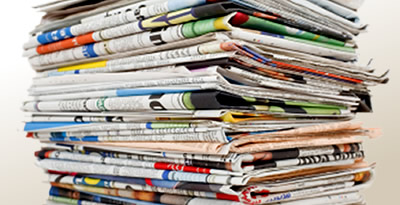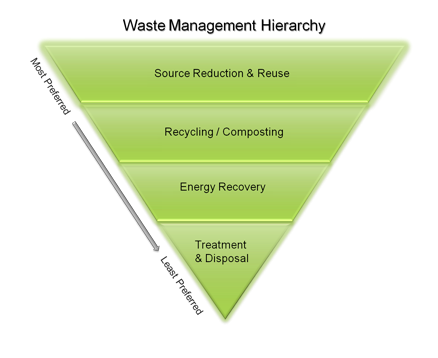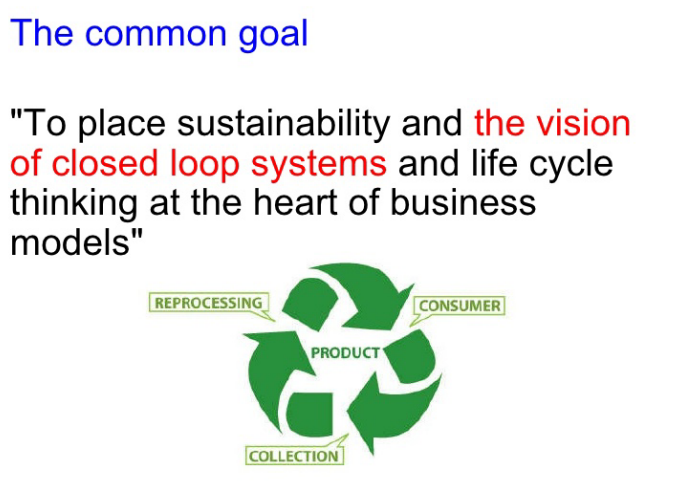
EPA
Paper materials such as office paper, packaging, paper towels; make up a large portion, roughly 27%, of our waste stream.
Reduce and Reuse:
Rethink your paper options before you toss or recycle!
- Advertise leftover cardboard boxes after a move on Freecycle.org or Craigslist.com.
- Old newspaper works great as packing material.
- Stop your unsolicited junk mail, phone books, and catalogs for free:
Catalog Choice – Santa Fe
Did you know…The United States Environmental Protection Agency (EPA) says Recycling One Ton of Paper would:
- Save enough energy to power the average American home for six months.
- Save 7,000 gallons of water.
- Save 3.3 cubic yards of landfill space.
- Reduce greenhouse gas emissions by one metric ton of carbon equivalent (MTCE).
TIP: To Reduce Loose Paper Turning into Litter if blown away:
- Shred all junk mail and loose paper and place a clear bag in cart.
- Place all loose papers into cereal or cracker boxes.
- Bundle stacks of mail and loose papers and place them on the top of your cart.
- Bury your loose paper near the bottom of your recycling bin and put heavier materials on top to minimize littering.
Paper can be Composted!
Some food soiled paper goods can be composted or vermicomposted (worm composted) like: paper plates, napkins, paper towels, tissues, pizza boxes. See our Backyard Composting section for more information.
DO YOU KNOW the Difference Between Pre-Consumer and Post-Consumer Paper?
Postconsumer Fiber: Finished paper products that have been sold in commerce and have served their original purpose. As contained in the Resource Conservation and Recovery Act (RCRA), postconsumer material is “paper, paperboard and fibrous wastes from retail stores, office buildings, homes and so forth after they have passed through their end-usage as a consumer item, including used corrugated boxes, old newspapers, old magazines, mixed waste paper, tabulating cards and used cordage; and all paper, paperboard and fibrous wastes that enter and are collected from municipal solid waste”.
Preconsumer Material: Defined by the U.S. Environmental Protection Agency as “materials generated during any step of production of a product, and that have been recovered from or otherwise diverted from the solid waste stream for the purpose of recycling, but does not include those scrap materials, virgin content of a material or by-products generated from, and commonly used within, an original manufacturing process.” For paper recycling, includes trim from converting envelopes, paper plates and cups, boxes and cartons and printing runs , and over-issue publications and forms. (Source)
TIP: Close the Loop
“Closed loop” recycling is basically a production process in which post-consumer waste is collected, recycled and used to make new products. This process can be as simple as using recycled aluminum to make new cans, or as complicated as weaving reclaimed plastic bottles into polyester for clothing and other products.
For the closed loop system to function properly, consumers, recyclers and manufacturers must work together to reclaim valuable materials from our waste stream and use them to make new products.


